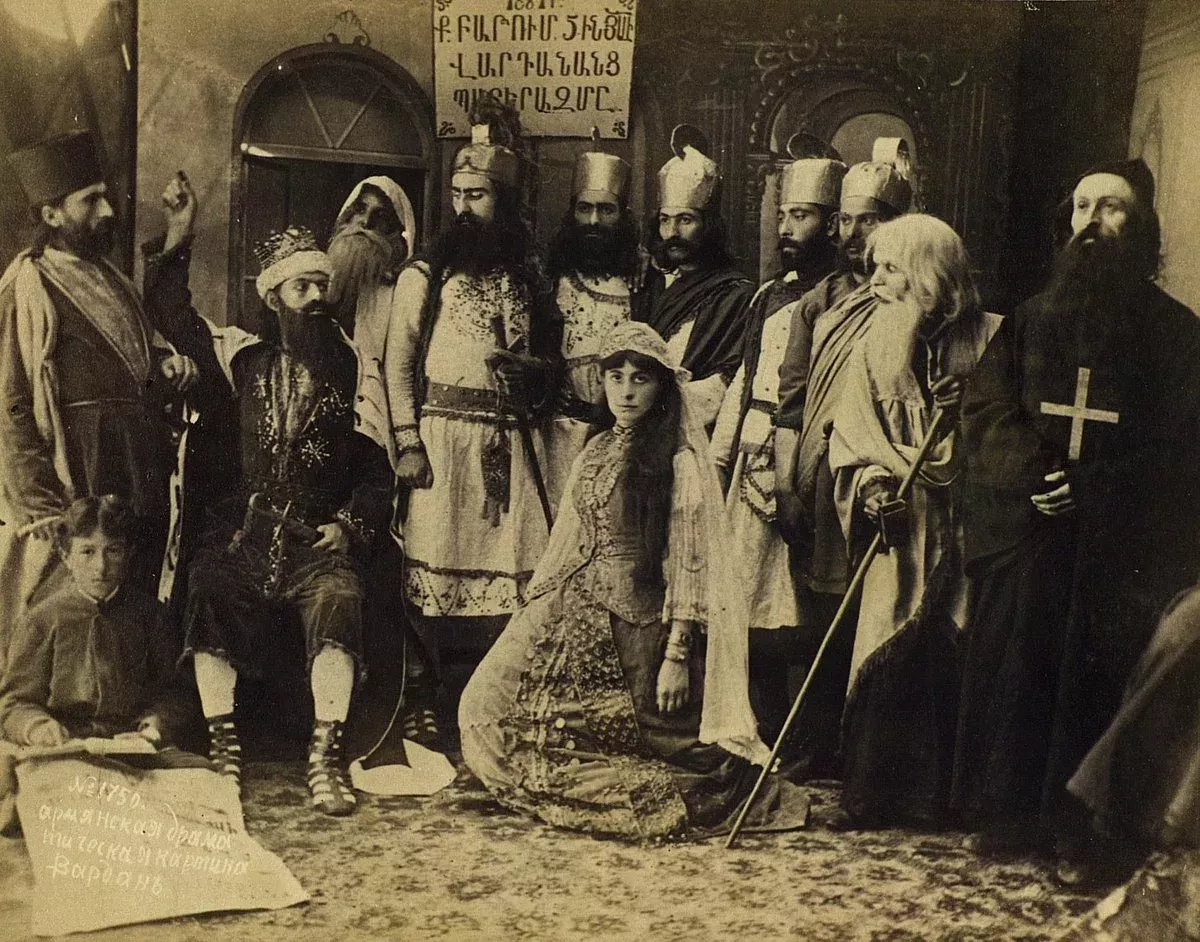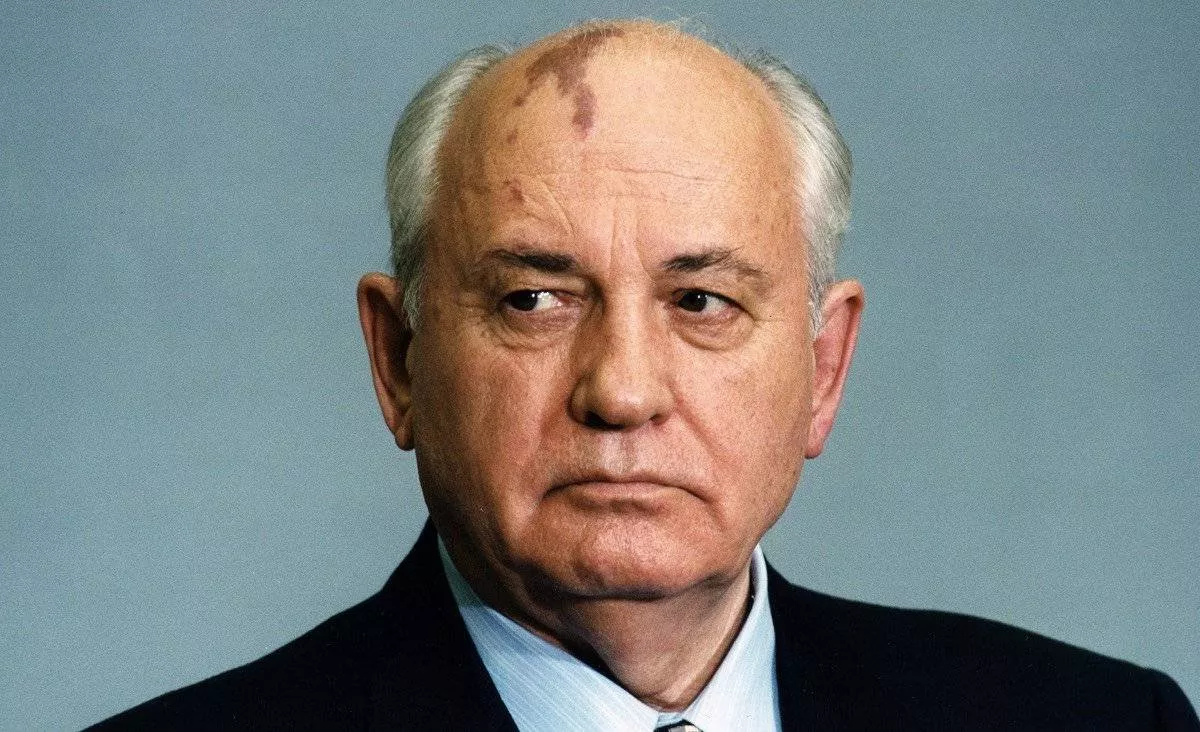Armenia in the grip of Turkophobia Announced barbarism
April 24 is the day when Turkophobia in Armenia reaches its peak. On this day, Armenians around the world commemorate their old myth of the "genocide" in the Ottoman Empire.
It has long been proven that this is an exclusively Armenian—and to put it mildly—extremely loose interpretation of events that occurred 110 years ago. Both then and now, official Yerevan refuses to open its historical archives to shed definitive light on the issue. Meanwhile, Ankara has repeatedly expressed its readiness to jointly investigate those events in order to put an end to the political speculation surrounding them.
It is therefore not surprising that last Sunday, as the Christian world celebrated Easter, Catholicos of All Armenians Garegin II made yet another provocative statement. He once again repeated falsehoods about the "Armenian genocide" in the Ottoman Empire. And this was not just a primitive lie, but also a vivid example of the Armenian Apostolic Church's unwillingness to abandon its provocative role in the life of the Armenian people.

Armenians in the Ottoman Empire held a special status, enjoying religious and cultural autonomy. They had their own patriarch who represented the interests of the Armenian community within the state. Many Armenians served as officials, military commanders, wealthy merchants, bankers, and craftsmen. In the 19th century, they played a significant role in trade and banking, held high-ranking positions, and served as court physicians, architects, and ministers.
The Armenian Church became actively involved in nationalist activities, deliberately stepping beyond its spiritual mission and supporting the idea of creating a “Great Armenia,” including on territories within the Ottoman Empire. This was not mere rhetoric. The Armenian Apostolic Church (AAC) cooperated with the Russian army and other enemies of the Ottoman Empire during World War I. Armenian clergy supported armed groups in Van, Mush, and Zeitun.
The AAC played a similarly provocative role in the Armenian-Azerbaijani conflict. Catholicos of All Armenians Vazgen I was one of the leaders of the Karabakh movement.

On February 25, 1988, he sent an open letter to Mikhail Gorbachev demanding the annexation of the Nagorno-Karabakh Autonomous Oblast to Armenia. It was under the auspices of the Armenian Apostolic Church (AAC) that funds were reportedly raised to bribe the General Secretary and his wife, Raisa Gorbacheva.
During the occupation of Azerbaijani territories, the AAC actively participated in the looting of these lands and used its connections in an attempt to legitimise the occupation.
All of this has contributed—and continues to contribute—to an atmosphere of Azerbaijani- and Turkophobia among the AAC’s followers. As a result, a generation is growing up in Armenia nurtured on hatred towards Azerbaijanis and Turks, as well as towards the states of Azerbaijan and Türkiye.
Moreover, this is not hidden—it is openly and demonstratively announced. On Monday, another “torch march” was declared in Yerevan, during which flags of Türkiye and Azerbaijan are planned to be burned. This was openly announced by Kristine Vardanyan, a member of parliament from the "Armenia" bloc, who attempted to provide some form of “justification” for yet another act of primitive Armenian nationalism.

“This year, I believe the torch march is more important than ever, as it is taking place at a time when the fact of the genocide is, by and large, being questioned—when we hear statements from representatives of the Armenian state that we could never have imagined,” she said.
This was a clear reference to recent statements by Armenia’s Prime Minister and Foreign Minister, suggesting that the issue of the so-called "Armenian genocide" is no longer a priority for official Yerevan. Nevertheless, events dedicated to the so-called “Armenian genocide” continue to be held in Armenia.
It is now important to closely monitor the actions of the Armenian leadership, which is diligently trying to present itself to the world as a group of “peace doves.” Pashinyan and Mirzoyan speak of normalising relations with Türkiye and Azerbaijan, of opening the Armenian-Turkish border. But now they find themselves in an awkward position.
In response to an Armenian journalist’s question about the meaning behind burning the Turkish flag, MP Kristine Vardanyan said: “Do you know of any person or political force who claims they are solving a problem by burning the Turkish flag or holding a political rally? That’s not the point—the goal is to express a position.” A remarkably candid admission.
According to this lady, the act of burning the Turkish flag in Yerevan is almost seen as a heroic deed. And after her words, only one question remains: how can Türkiye and Azerbaijan build relations with a state where such barbaric and Turkophobic traditions prevail?








